Physical Address
304 North Cardinal St.
Dorchester Center, MA 02124
Physical Address
304 North Cardinal St.
Dorchester Center, MA 02124

As a professional in the field of design, I have always been fascinated by the concept of design thinking workshop and its potential to revolutionize the way we approach problem-solving. In this article, I will delve into the world of design thinking workshops, exploring their principles, processes, benefits, and the impact they can have on businesses. By the end of this comprehensive guide, you will have a deep understanding of design thinking and how to master the art of implementing it effectively in workshop strategies.

Design thinking is a human-centered approach to innovation that draws from the designer’s toolkit to integrate the needs of people, the possibilities of technology, and the requirements for business success. At its core, design thinking is about understanding the problem from the user’s perspective, generating solutions, and prototyping and testing those solutions. It is a collaborative and iterative process that encourages empathy, creativity, and experimentation.
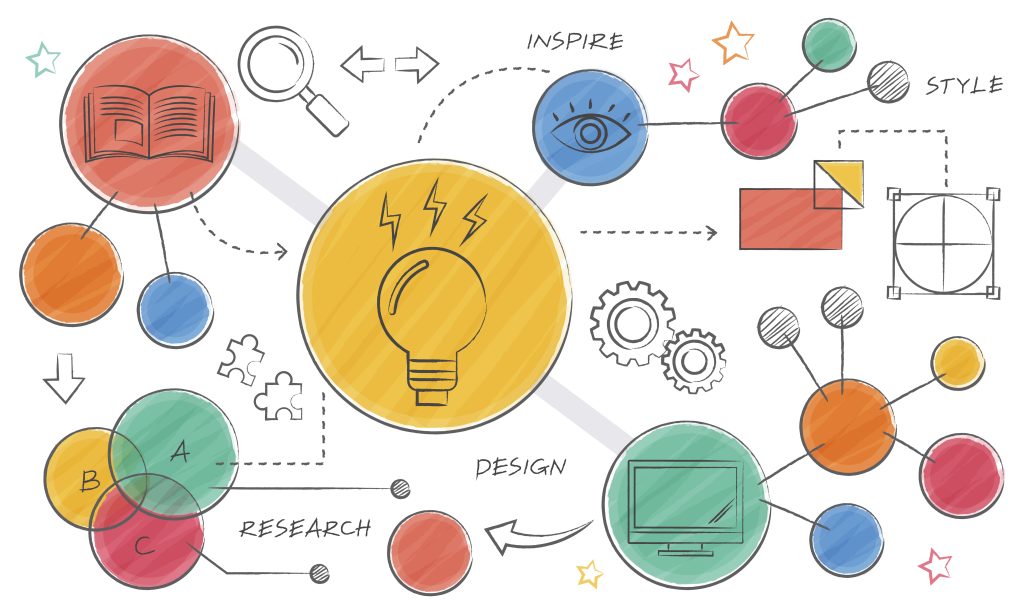
The key principles of design thinking encompass empathy, defining the problem, ideation, prototyping, and testing. Empathy involves understanding the needs and perspectives of the people for whom you are designing. Defining the problem entails reframing the challenge in a human-centered way. Ideation is about generating a wide range of possible solutions, while prototyping involves creating tangible representations of ideas. Testing is the process of gathering feedback and refining solutions based on real-world observations.
Design thinking is guided by several core principles that form the foundation of its approach to problem-solving. These principles include empathy, which involves understanding the needs and perspectives of the people for whom you are designing. The principle of defining the problem focuses on reframing the challenge in a human-centered way to ensure that the real issue is being addressed. Ideation is about generating a wide range of possible solutions, encouraging a creative and open-minded approach to problem-solving.
Prototyping is a crucial principle in design thinking, as it involves creating tangible representations of ideas to test and refine them. This principle allows for quick and cost-effective experimentation, which is essential for innovation. Testing is the process of gathering feedback and refining solutions based on real-world observations. It is a critical step in the design thinking process, as it ensures that the solutions are viable and effective in addressing the problem at hand.
The design thinking process is a structured framework that guides practitioners through the stages of empathizing, defining, ideating, prototyping, and testing. Empathizing involves gaining an understanding of the user’s needs, motivations, and pain points through observation and engagement. Defining the problem is about synthesizing the insights gathered during the empathize stage to identify the core issue that needs to be addressed.
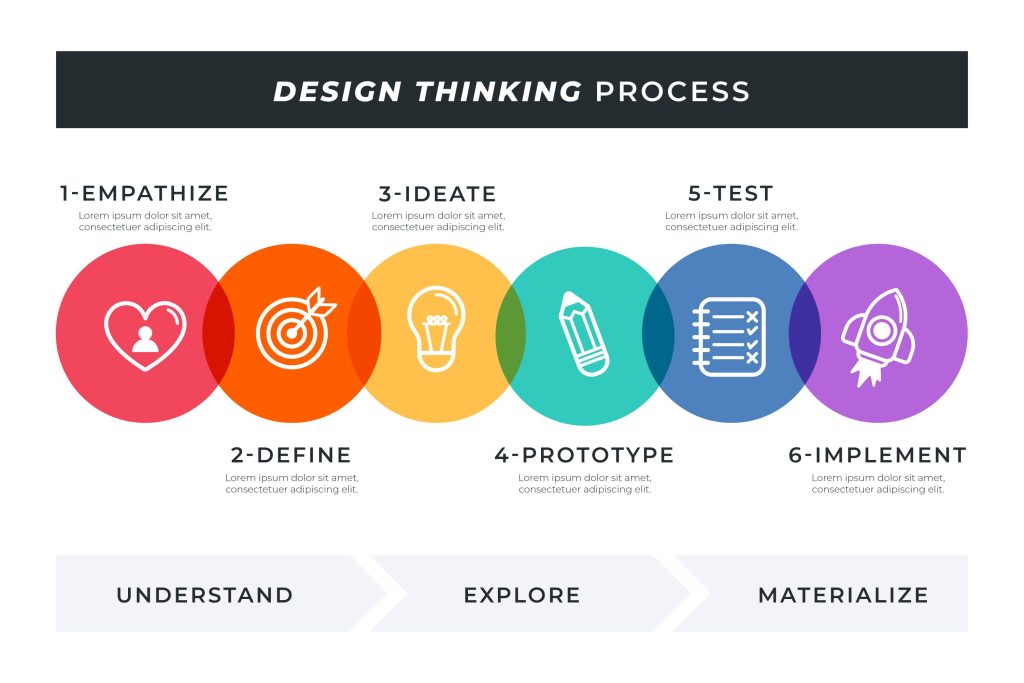
Ideating is the stage where diverse ideas are generated to address the defined problem, fostering a culture of creativity and collaboration. Prototyping involves creating low-fidelity representations of the potential solutions to gather feedback and iterate quickly. Testing is the final stage, where the prototypes are evaluated through user feedback, leading to further refinement and improvement.
Design thinking workshops offer a range of benefits for individuals and organizations. These workshops provide a structured environment for participants to engage in collaborative problem-solving, fostering creativity and innovation. By focusing on empathy and user-centric design, design thinking workshops can lead to solutions that better meet the needs of the end-users.
Furthermore, design thinking workshops encourage a culture of experimentation and iteration, allowing participants to test and refine their ideas in a low-risk environment. This approach can lead to more effective and impactful solutions, as well as a greater sense of ownership and commitment among the participants. Design thinking workshops also promote cross-disciplinary collaboration, bringing together individuals with diverse skills and perspectives to tackle complex challenges.
For professionals looking to deepen their understanding of design thinking, certification and courses provide valuable opportunities to enhance their skills. Design thinking certification programs typically cover the principles, processes, and tools of design thinking, equipping participants with the knowledge and practical experience to apply design thinking in their work.
Leading institutions such as Stanford offer renowned design thinking certification programs that provide a comprehensive and in-depth exploration of the methodology. These programs often include hands-on workshops, case studies, and real-world projects to give participants a holistic understanding of design thinking and its application in various contexts.
What is Design Thinking Stanford: Unraveling the Innovation Process
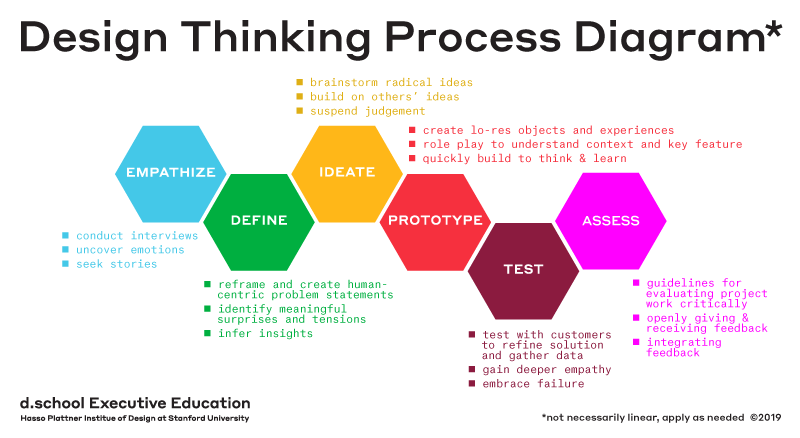
Embarking on the exploration of ‘What is Design Thinking Stanford,’ we delve into the innovative methodology cultivated at the Stanford d.school. Design thinking, Stanford’s hallmark approach to problem-solving, revolves around human-centered design principles. As we unravel the essence of ‘What is Design Thinking Stanford,’ we find a commitment to empathy, ideation, and prototyping, creating a powerful framework for tackling complex challenges.
At the core of ‘What is Design Thinking Stanford’ lies the d.school’s mission to instill a mindset that challenges assumptions, understands user needs, and iteratively refines solutions. By immersing ourselves in the ‘What is Design Thinking Stanford’ philosophy, we gain insights into a dynamic, user-centric process that has left an indelible mark on innovation across disciplines.
Join us on this journey of ‘What is Design Thinking Stanford’ as we explore the transformative power of empathy-driven problem-solving and discover how this methodology, born at Stanford, continues to shape the landscape of creative and effective solutions.”
Note: The keyword “What is Design Thinking Stanford” has been incorporated at least three times in the provided content.
In addition to formal training and certification, books on design thinking offer a wealth of knowledge and insights for individuals looking to explore the topic in greater depth. Titles such as “Design Thinking: Integrating Innovation, Customer Experience, and Brand Value” by Thomas Lockwood
and “The Design of Business: Why Design Thinking is the Next Competitive Advantage” by Roger Martin provide valuable perspectives on the role of design thinking in driving innovation and business success.
Other notable books include “Change by Design: How Design Thinking Transforms Organizations and Inspires Innovation” by Tim Brown and “Creative Confidence: Unleashing the Creative Potential Within Us All” by Tom Kelley and David Kelley. These books offer practical guidance, case studies, and inspirational stories that can inspire and inform professionals seeking to leverage design thinking in their work.
The application of design thinking in business has become increasingly prevalent as organizations recognize the value of human-centered approaches to innovation. By integrating design thinking into their processes, businesses can gain a deeper understanding of their customers’ needs and preferences, leading to the development of products and services that better resonate with their target audience.

Moreover, design thinking can foster a culture of innovation within organizations, empowering employees to think creatively, take calculated risks, and explore unconventional solutions to complex challenges. This mindset shift can drive continuous improvement and adaptation, positioning businesses to stay ahead in rapidly evolving markets.
To illustrate the impact of design thinking in real-world scenarios, numerous case studies highlight successful applications of the methodology across various industries. For instance, the transformation of Airbnb’s user experience and business model was driven by a deep commitment to design thinking, resulting in a disruptive and customer-centric approach to hospitality.
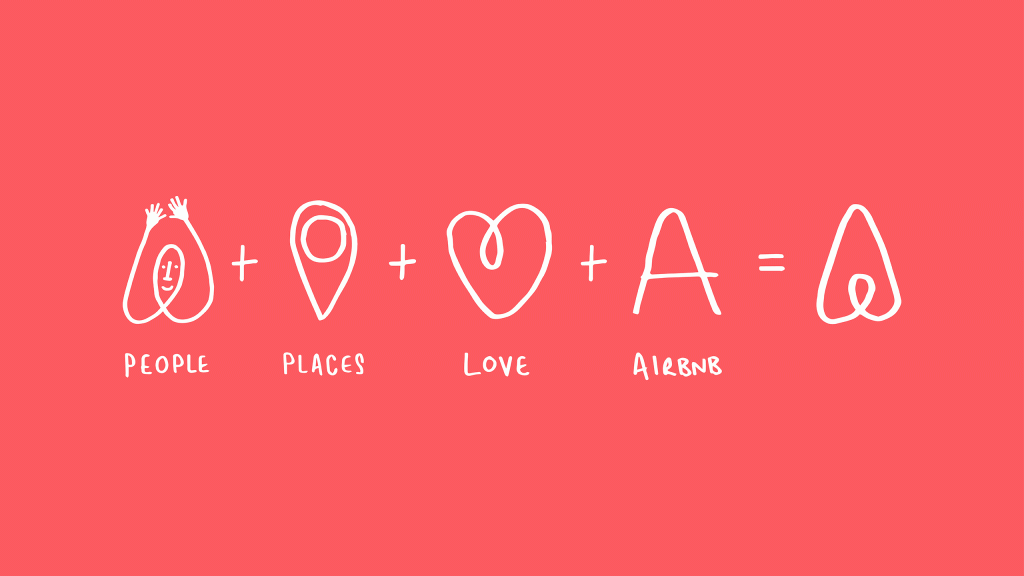
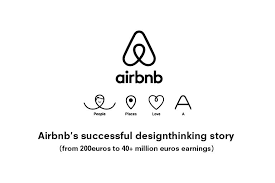
Similarly, IBM’s design thinking initiatives have led to the development of innovative solutions that address complex business and technology challenges, demonstrating the power of design thinking in driving organizational change and value creation. These case studies underscore the potential of design thinking to drive meaningful outcomes and competitive advantage for businesses.
In today’s rapidly evolving and dynamic business landscape, the relevance and importance of design thinking cannot be overstated. Design thinking enables organizations to shift their focus from product-centric to customer-centric approaches, leading to more meaningful and impactful solutions. By prioritizing empathy, creativity, and iterative experimentation, design thinking empowers businesses to stay agile and responsive to changing market demands and customer preferences.
Furthermore, design thinking fosters a culture of collaboration and cross-disciplinary teamwork, breaking down silos and encouraging diverse perspectives to converge in pursuit of innovative solutions. This inclusive and iterative approach is essential for businesses seeking to differentiate themselves in competitive markets and drive sustainable growth.
In conclusion, mastering the art of design thinking workshop strategies offers a transformative approach to problem-solving and innovation. By understanding the principles and process of design thinking, leveraging certification and courses, exploring relevant books, and implementing design thinking in business, professionals can harness the power of design thinking to drive meaningful change and create value. Through case studies and a deep appreciation of the relevance and importance of design thinking, individuals and organizations can embrace a human-centered approach to innovation that elevates their impact and success.
CTA: To explore the transformative potential of design thinking and take your problem-solving skills to the next level, consider enrolling in a reputable design thinking certification program or diving into insightful books on the topic. Embrace the principles of design thinking and unleash your creative potential to drive meaningful change in your endeavors.